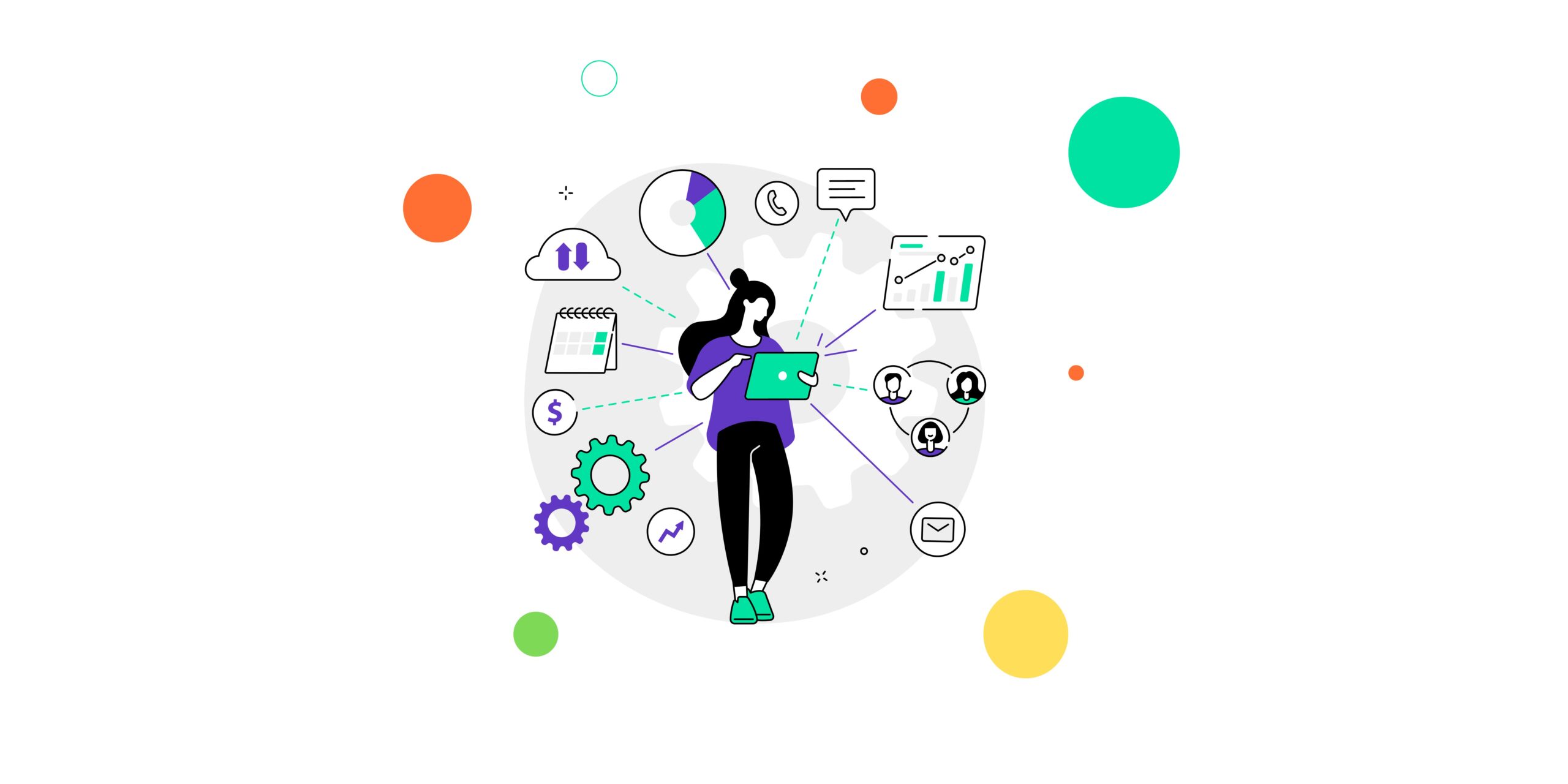In today’s world of online competition, the key to effectively attract and retain customers lies in personalization. Personalization strategies on a company website are not just a trendy buzzword but a crucial element that can shape positive customer experiences, build lasting relationships, and increase conversions. In this article, we will analyze why personalization is so essential, its various aspects, and effective strategies that can be applied to tailor a website to the individual needs and expectations of visitors.

Why is personalization crucial?
Understanding the customer. Personalization allows for a deeper understanding of the customer through the analysis of online behaviors, shopping preferences, and browsing history. The better you know your customer, the more effectively you can tailor your offerings.
Elevating user experiences. Delivering personalized content, offers, or recommendations makes a website more attractive to users. This enhances the overall experience associated with using the site.
Increasing conversions. Personalization directly impacts conversion rates. Customers are more inclined to make purchases or take other desired actions when they see content tailored to their needs.
Different aspects of personalization
Personalized recommendations. Utilize purchase data and browsing history to suggest products or services that are more relevant to customers. You can also provide recommendations based on the preferences of other users with similar interests.
Personalized greetings and offers. When a user visits the website, ensure personalized greetings and welcome offers. This is the first step in building a positive impression and encouraging further interaction.
Tailored content. Customize content on the website for different customer segments. You can create various versions of content tailored to location, preferences, or the stage of the purchasing journey.
Behavior-based personalization. Analyze the current behaviors of users on the site and adjust content, offers, or messages in real-time. For example, if a customer is browsing sports shoes, show related accessories or promotions.
Effective personalization strategies
Use of data analytics tools. Employ advanced data analytics tools to better understand the preferences and habits of visitors. This allows for more precise personalization.
Customer segmentation. Create customer segments based on various criteria such as age, location, or shopping preferences. Customize content for each segment.
Automation of personalization. Utilize marketing automation systems to personalize content based on different scenarios, such as the time of day, the stage of the purchasing journey, or on-site activity.
Feedback and surveys. Gather opinions and preferences from customers through feedback, surveys, or product ratings. This is a valuable source of information for personalization.
Integration with social media. Personalize content based on data from social media platforms. Use information about customers’ interests gathered from various sources.
Creating synergy with customers
Personalization on a company website is not just about technology; it’s also about creating real synergy with customers. Here are some key steps to effectively implement personalization strategies:
Listen to customer feedback. The most important source of information is customer feedback. Regularly analyze reviews, suggestions, and comments, and adjust the personalization strategy according to their expectations.
Long-term personalization. The value of personalization usually grows over time. The better you know your customers, the more effective the tailored content will be. Therefore, personalization should be an ongoing process.
Creativity in personalization. Avoid templates and be creative in delivering personalized content. This could include interactive quizzes, personalized success stories, or dedicated creative campaigns.
Ethics of personalization. Remember the ethical boundaries in personalization. Avoid intruding on customer privacy and prioritize transparency. Customers will appreciate personalization only when they feel safe.
Speed and effectiveness. In the era of instant information access, personalization should be swift and effective. Act based on current data and user behaviors to deliver content in the right context.
Conclusion
Personalization on a company website is not just a trend but a key element in building lasting relationships with customers. By understanding the needs, preferences, and behaviors of visitors, businesses can create personalized experiences that foster loyalty and increase engagement. The key to success lies in flexibility, continuous improvement, and listening to the customer’s voice. By implementing these personalization strategies, a company can achieve synergistic relationships, gain a competitive edge, and effectively build its brand online.
Let’s Build Something Great
Ready to discuss your project or potential partnership?

